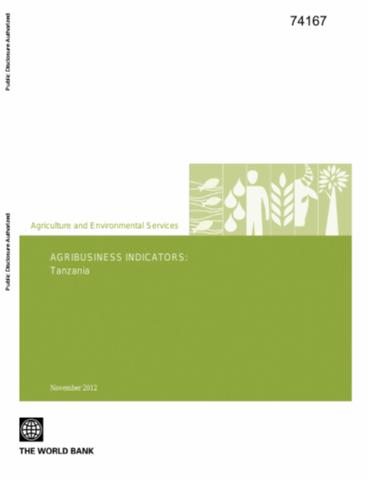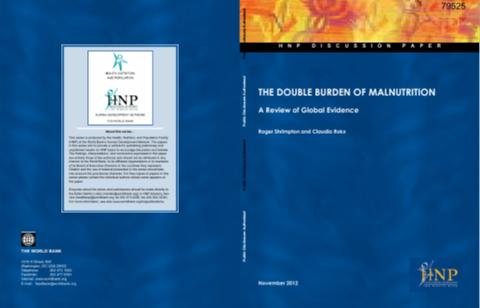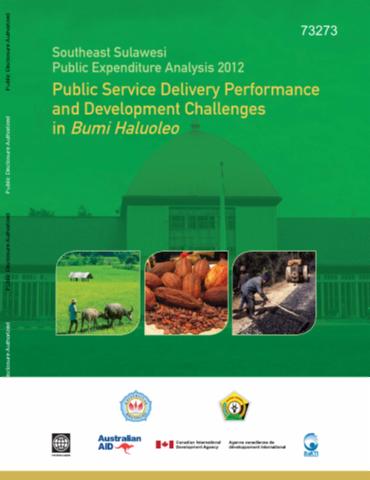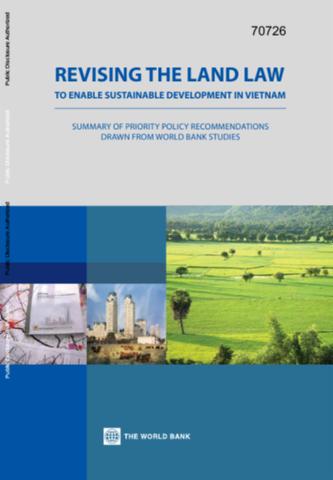Agribusiness Indicators
Agriculture in Tanzania accounts for 28 percent of the country's Gross Domestic Product (GDP) and employs 80 percent of its labor force. The sector is also an important source of export revenues. The data and findings presented in this report provide a summary of the performance of the agriculture sector in Tanzania using a set of indicators covering six areas.







